Unstable voltage in the power grid leads to breakdown of household appliances. If you can prove someone else's guilt in such damage to property, you will receive compensation. But, you must admit, it is much easier to prevent such a situation than to go to courts and experts.
We will tell you how to avoid voltage surges - why this happens, which devices to use and what the working circuit for connecting a voltage relay looks like.
The content of the article:
- Why do power surges occur?
-
Is it possible to self-stabilize the voltage?
- The principle of operation of the voltage relay
- How to choose a voltage relay?
- Voltage relay setting
- Principle of connection of power control relay
- Conclusions and useful video on the topic
Why do power surges occur?
In various devices operating from the mains, there are restrictions on voltage parameters. This even applies to incandescent lamps, however, in order to cause them to burn out, a significant excess of the specified standards is required.
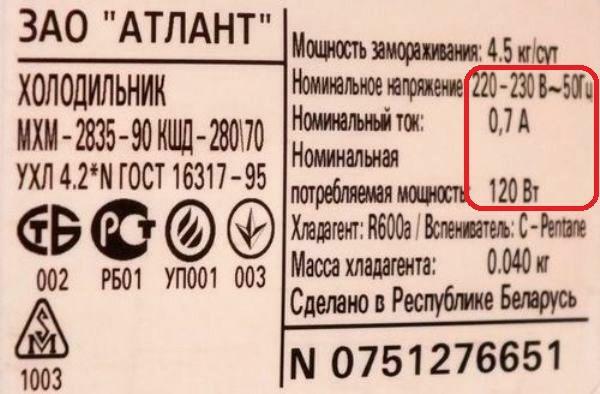
Reduced mains voltage, affecting, for example, a refrigerator, threatens turn-to-turn circuit and breakdown of the compressor. The increased negatively affects both the compressor and the electronic elements of the device, as a result, they fail, and the repair results in a round sum
Again, even a wide range of voltage parameters does not mean that the device will work with surges, for example, from 100 to 240 volts. This means its viability in a given interval, provided that the power grid is stable.
The generating sets are designed with an automatic voltage stabilizer. In this case, the deviation from the norm, according to GOST 721 and GOST 21128, should not be more than 10% for a short-term network failure and more than 5% for a long-term one.
However, at least 7 main causes of a natural, emergency, man-made nature can provoke them:
- Wear and tear electrical wiring in the house.
- Lack of stabilizers at the transformer substation.
- Overload of power consumption on the line.
- Emergency situation in transmission networks.
- Open in the neutral line.
- Bypassing metering devices by unscrupulous consumers.
- Natural factors.
The consumer is responsible for the operation of electrical appliances, competent distribution of the load on the internal wiring and the condition of these networks. If a malfunction or emergency is found, you must immediately call the special service.
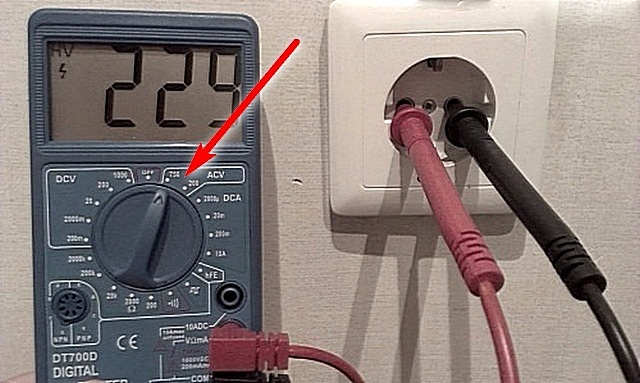
You can measure the voltage using a special device, a multimeter (tester). If a deviation from the norm is higher than 10%, it is recommended to immediately contact the emergency service of the local power grid to identify the causes of voltage surges
The system power grids are entirely in the care of the electricity suppliers. One of their tasks is just to monitor the voltage deviations from the norm in the fixed area.
But despite the division of responsibilities, even with strict control, drops are quite common.
By identifying the culprit of the line voltage surges, justice and full compensation for damaged property or poor quality of services can be achieved.
Is it possible to self-stabilize the voltage?
Even if you are sure that justice will prevail and the perpetrators will compensate for the damage, accidents such character can lead to stalemate, and judicial red tape is far from the most pleasant class.
In order to prevent the consequences of voltage deviations from the norm, you can purchase and install special devices - voltage control relays and / or stabilizer.

To equalize the optimal voltage parameters in the network, stabilizers are usually used - local or stationary. But this is not always a good choice due to the fact that the devices do not work promptly and it may take too long to bring the parameters to the nominal value. This option is usually not suitable for surge-sensitive electronics.
Control relay - one of the most budgetary, reliable and easy-to-use options. With its help, it will not be possible to stabilize the voltage, but the equipment will be under reliable protection.
The principle of operation of the voltage relay
It is recommended to purchase and install the device in cases where power surges do not occur too often.
The device, with the help of a microcontroller, fixes the parameters of the electric current and if the values go beyond the range specified by the operator to a greater or lesser extent, it will open the power grid. When the relay fixes stable parameters on the line, it will automatically resume power supply.
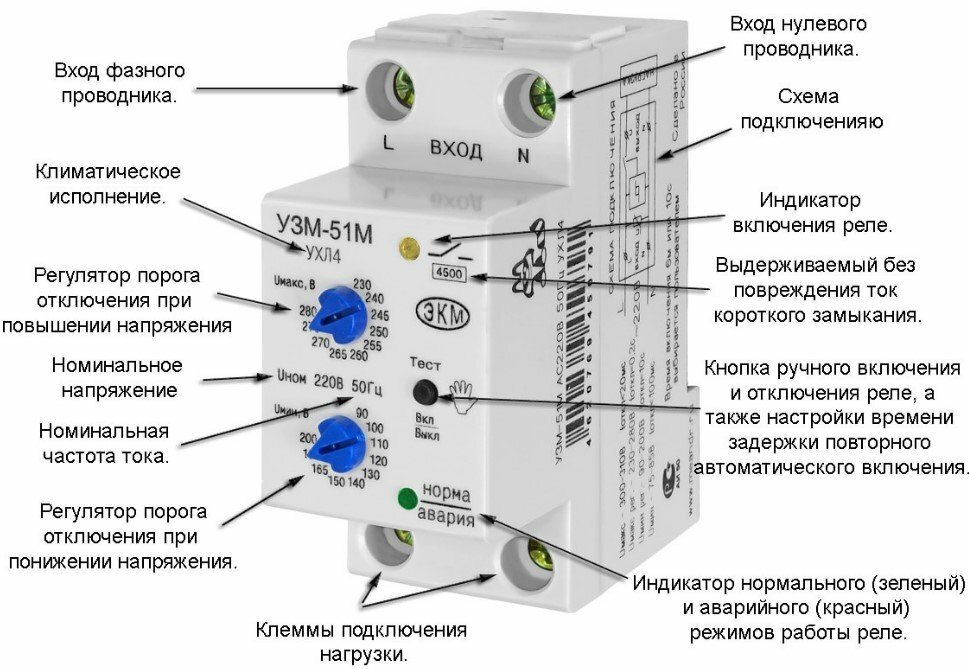
A voltage relay can look different and also have a different set of functions. Some devices can even be controlled remotely via a contactor.
Also, on many relay models, the off / on delay time is set. A timer is necessary to control short-term voltage surges, for example, it will not open the circuit immediately when it goes out of range, but if deviations are observed for 5-10 seconds.
With regard to the turn-on delay, manufacturers indicate the time for their appliances that must be waited for a second restart in order to prevent burnout.
The relay has its drawbacks, it cannot smooth out fluctuations, but voltage stabilizers can be used in conjunction with this device.
It has much more advantages than disadvantages:
- savings on purchase (the cost is lower than for other protective devices);
- reliability in application;
- visual control of voltage parameters through a digital display;
- fast reaction.
The device is easy to use and operate. It is also not difficult to select and install it.
How to choose a voltage relay?
The relay is available in 4 types - a DIN-rail module (block), to protect one consumer (plug-socket), for several devices (in the form of an extension cord with several outlets), a three-phase device (for equipment, using 3 phases).
There is also an intermediate relay, it is designed to control independent electrical circuits, deceleration tripping of protection when high loads are required and for monitoring devices requiring significant values voltage.
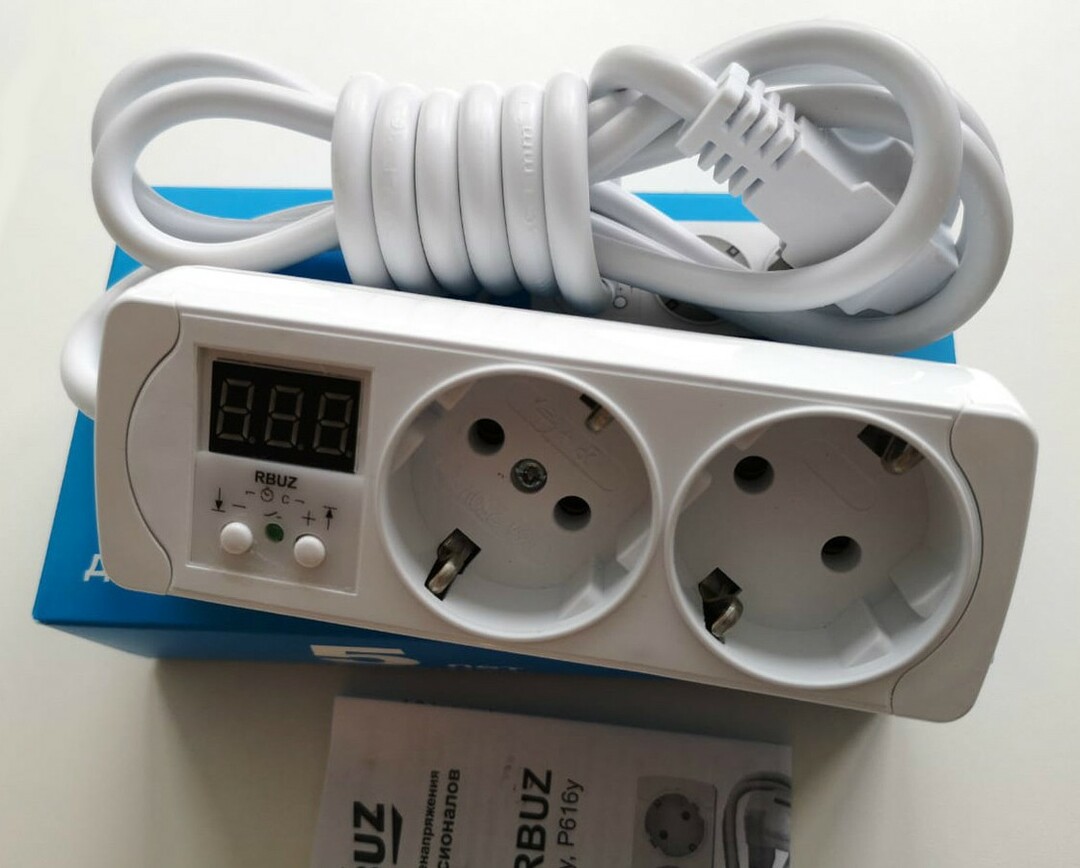
The portable voltage relay is designed, depending on the model, for a current of 6 to 16 amperes. To connect consumers with great appetites, either several devices are installed or models on a DIN rail
When choosing a rated current, be guided either by the rating of the circuit breakers with a DIN rail relay, or by the power consumption of electrical appliances. In this case, it is necessary to buy a device with a margin of 20-30%.
In addition, when choosing, take into account:
- efficiency of response;
- phase (single-phase or three-phase devices);
- the ability to customize the voltage range and operating limit;
- the presence of a display;
- time control option;
- overheating protection function of the relay.
As for which type of relay to choose, depends on the amount of expensive and sensitive equipment.
If you choose a device on a DIN rail, you will protect all consumers, however, with a long-term jump, de-energizing the entire house is not always suitable for the owners, and in this case, local relays are advisable.
Voltage relay setting
Most often, the relay already has factory operating settings that are optimal for almost any application. But if you need to customize the device for yourself, it is quite possible if the functionality allows it.
There is nothing complicated, basically these are only 3 functions:
- Umax - the option to set the maximum voltage value for relay actuation. Most often set from 210 to 270 volts.
- Umin - minimum threshold voltage. Typically 120 to 200 volts.
- Timer setting commutation after normalization of parameters on the line. It is possible to set from 5 to 600 seconds.
The setting of the desired parameters is carried out either digitally on the LED screen, or electromechanically using a variable resistor.
Pay attention to the factory settings, if you wish to keep them, whether they are suitable for your operating conditions.

Some voltage relays do not have the ability to individually adjust the high and low trip thresholds. They are usually cheaper, but less convenient to use.
If you are not satisfied with the standard setting for all electrical appliances, you can make a separate power line for them with an additional RNC. Instrument setup instructions are usually included with each device by the manufacturer.
Principle of connection of power control relay
If you have at least a little experience of communicating with an electrician, the connection will take no more than 20 minutes. At the same time, the set of tools is the simplest - figured and indicator screwdrivers, a clerical knife.
In general, the connection diagrams differ on different models, but manufacturers put them on the case or in the instrument passport. Therefore, having analyzed the general installation steps, you can easily cope with most types of devices.
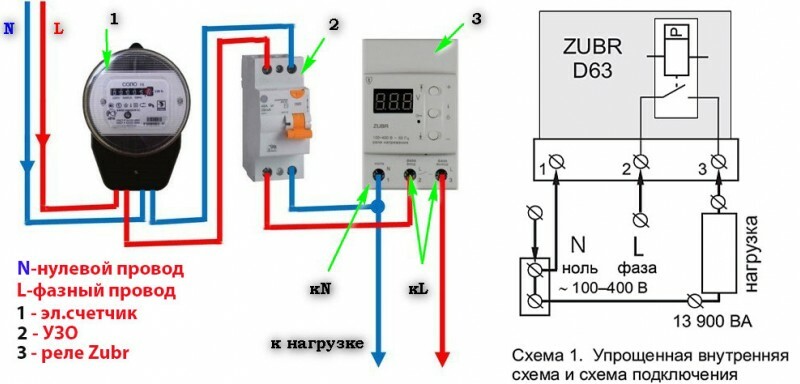
A single-phase voltage control relay is usually installed between the IPU and a group of machines. The phase and zero are suitable for the input to the device, and only the phase goes to the load.
Consider the simplest step-by-step instruction for connecting a single-phase voltage relay:
- Disconnect electrical appliances from the power supply.
- Take care to de-energize the network using circuit breaker.
- Using an indicator screwdriver, make sure that the area prepared for installation is not energized.
- Install the RKN on a pre-mounted DIN rail according to the instrument manufacturer's instructions, check the quality of the fasteners.
- Strip the wires going from the meter to the consumers.
- Determine the input and output (often labeled on the device), connect the wires, from the meter to the input and to the output to consumers.
- Turn on the circuit breaker. Check using an indicator screwdriver if there is voltage at the relay input.
- Activate the relay, set the voltage thresholds and the delay timer.
Connecting a three-phase voltage monitoring relay is already more difficult. If you are not confident in your abilities and cannot carry out the installation according to the scheme, invite a specialist.
Conclusions and useful video on the topic
Video # 1. How to independently connect the voltage monitoring relay:
Video # 2. How to install a three-phase voltage relay:
Video # 3. 3 wiring diagrams for voltage monitoring relays:
A voltage monitoring relay will help keep electrical appliances intact in your home or apartment. This is, in fact, the simplest and most inexpensive way to eliminate the negative impact of voltage surges on the internal power grid. Despite the different structure of the models, even a non-professional electrician can connect the device.
Have you ever installed a voltage monitoring relay in your home? What difficulties have you faced and what advice can you give to our readers? Share your experience and ask questions about the topic in the comments.


